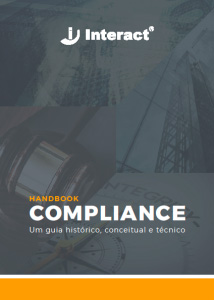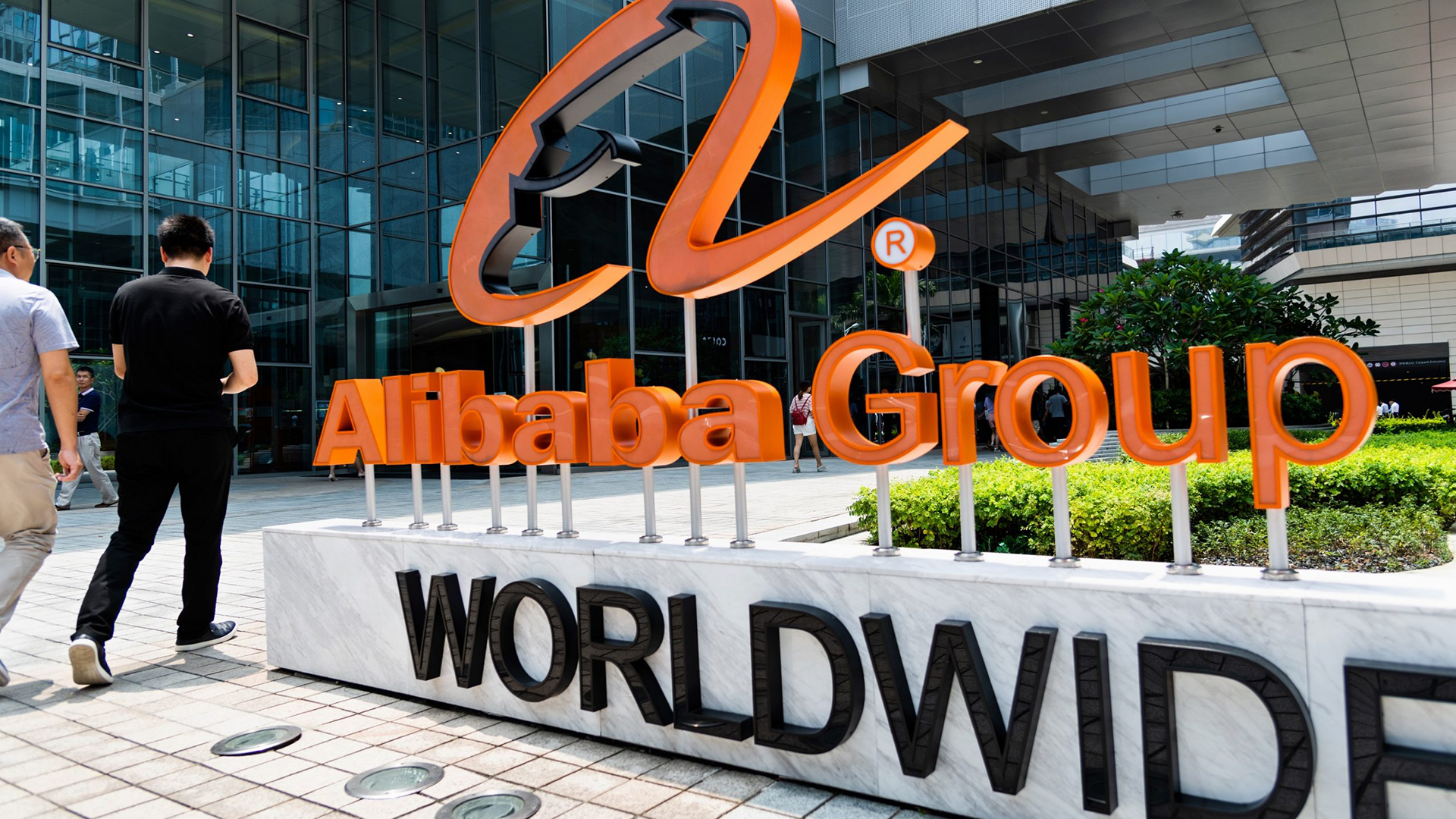
This is the last post in the Compliance series in history. In a total of five publications, we covered the main events since the germination of the area, at the beginning of the last century. Today we end by addressing what we call the golden age of fighting corruption in Brazil, starting in 2011. It is worth noting that this separation in phases has only didactic purposes. The story does not follow a straight flow.
The content of this article is part of Interact’s Compliance Handbook, a 130-page material that includes the history, conceptual foundations, Brazilian legislation, the main models in the world and how the SA Strategic Adviser meets these recommendations. The survey conducted by Interact was based on the creation of the Compliance & Risk Management technology solution.
Check out the previous publications:
First phase: The germination of the area
Second phase: The birth of the area
Third phase: Money laundering era
Fourth phase: Age of fraud and stricter laws
Open Government Partnership
The fifth historic phase of Compliance began in 2011. In September of that year, South Africa, Brazil, the United States, the Philippines, Indonesia, Mexico, Norway and the United Kingdom signed the Open Government Partnership, in English, an initiative that aims to globally disseminate and encourage government practices related to government transparency, access to public information and social participation. Currently, 75 countries are part of the partnership.
As a reflection of this commitment, Law No. 12,527, known as the Access to Information Law, was signed in the same year. For the first time, mechanisms were created that made it possible for any person, whether physical or legal, without giving a reason, to receive public information from the agencies and entities. It applies to the three branches of the Union, States, Federal District and Municipalities, including Courts of Account and the Public Ministry. Private non-profit entities that receive public money are also covered by this law.
Two years later, Brazil experienced a social upheaval, popularly known as the June 2013 Days. In the wave of the Arab Spring (2010-2012), which brought about a hundred demonstrations in the Middle East and North Africa, Brazilian protests began against the increase in public transport and, at its peak, gathered a mosaic of agendas against political corruption in general.
Protest at the National Congress of Brazil, on June 17, 2013. Photo: Valter Campanato / ABr
As a response, the processing of Law 12.846 / 2013, known as the Anti-Corruption Law, along with Law 12.850 / 2013, known as the Law on Awarded Complaints, became urgent. Originating from Bill 6.826 / 2010, inspired by Brazil’s commitments to international organizations, they bring punishments to both those who receive bribes and those who offer them.
In the following year, Operation Lava Jato begins, based on the powers granted by these two laws. In March of this year, it completed 5 years of activity. As a result, it presents to date the application of 2,294 years of sentences and 159 convicts. Controversially, the Operation took important names of Brazilian politics to prison. In 2014, there were six prosecutors working on the investigations. Today the task force in Curitiba has 13 attorneys and a team of more than 50 employees of the Federal Public Ministry, in addition to the participation of 8 other states.
The Anticorruption Law presents as penalties the extraordinary publication of the crime by the company, disclosing the punishment based on this law, and establishes a fine that can reach 20% of the gross revenue or up to R $ 60 million. This amount can be deducted precisely with the adoption of a Compliance program in line with the requirements of the legislation.
These parameters were regulated by Decree No. 8,420, of March 2015. In the event of an act of corruption, the legal entity will be called upon to provide clarifications. Regarding this evaluation, the document presents the following excerpt:
“§ 4 If the legal entity presents in its defense information and documents regarding the existence and functioning of the integrity program, the processing commission must examine it according to the parameters indicated in Chapter IV, for the dosimetry of the sanctions to be applied” ( BRAZIL, 2013).
If the legal entity has committed an illicit act, but is willing to assist in investigations to capture others involved, a process known as a leniency agreement, the legislation mentions:
“Art. 37. The leniency agreement will contain, among other provisions, clauses dealing with:
[…] IV – the adoption, application or improvement of an integrity program, according to the parameters established in Chapter IV ”(ibid., 2013).
In Interact’s Compliance Handbook, we present in detail the provisions of the decree and the Brazilian legislation. Finally, in 2015, the Office of the Comptroller General of the Union, a body linked to the Presidency of the Republic, responsible for anti-corruption policies, presented the model of an integrity program in line with these parameters. The recommendations are grouped into five pillars, also detailed in our material with the equivalences with our system.
Author:
Vinícius Flôres
Journalist, Ph.D. in Communication, and martech enthusiast. Communication and Marketing Supervisor at Interact Solutions.
References
BRASIL. Decreto-lei nº 12.846, de 1º de Agosto de 2013. Presidência da República, Casa Civil, Subchefia para Assuntos Jurídicos. Disponível em: http://www.planalto.gov.br/CCIVIL_03/_Ato2011-2014/2013/Lei/L12846.htm
Folha de S.Paulo. Após 5 anos, Lava Jato soma controvérsias. 2.294 anos de penas e 159 condenados. 17 de março de 2019.





